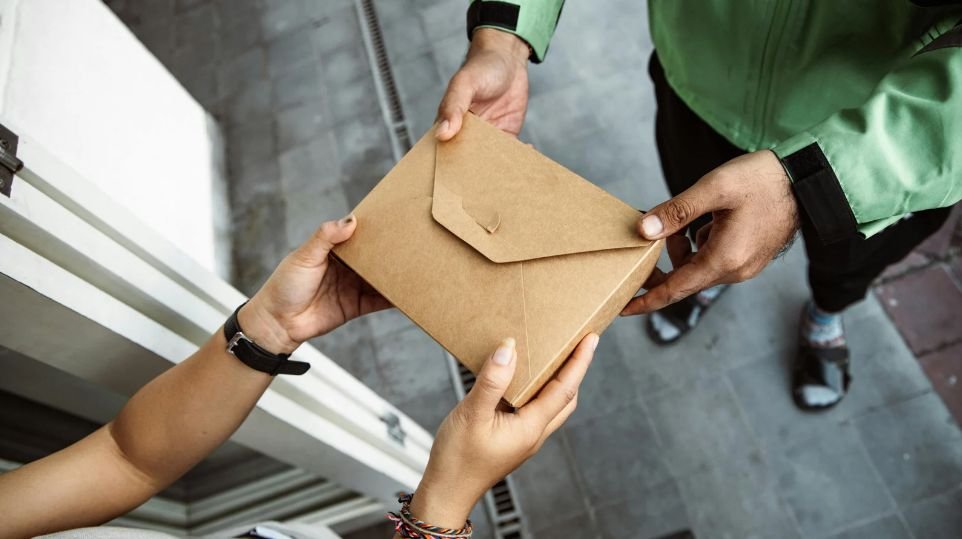Managing personal finances in the digital era requires consumers to be vigilant in distinguishing between convenience and unnecessary spending. One area often overlooked is the hidden costs associated with online food delivery services. While undeniably convenient, frequent app-based food orders can significantly impact your monthly budget—especially when left unchecked.
Food Delivery Isn’t as Cheap as It Seems
In reality, food delivery platforms apply multiple layers of fees, pushing your total cost far beyond what you’d pay if you cooked at home or picked up your order in person. These charges are often obscured within your receipt, making them harder to detect.
Common charges include:
- Higher menu prices for app-based purchases
- Delivery fees
- Service or platform fees
- Sales tax (which has increased in some US states as of 2025)
- Small order surcharges
- Optional tips for delivery drivers
Combined, these fees can increase your final cost by 50% to 80%. If you’re using a credit card linked to your app, and you don’t pay your balance in full each month, you may also incur interest—particularly now, as the average credit card APR sits at 21.5% in Q2 2025, according to the Federal Reserve.
Case Study: Comparing Burger & Fries Across Three Ordering Methods
To illustrate the financial impact, here’s a side-by-side comparison of a typical burger and fries order:
| Ordering Method | Cost Breakdown | Total |
|---|---|---|
| Curbside Pickup | Meal: $12.99 Sales Tax: $0.81 | $13.80 |
| Dine-In | Meal: $12.99 Sales Tax: $0.81 Tip (20%): $2.60 | $16.40 |
| Delivery via App | Meal: $12.99 Menu Markup: $1.50 Delivery Fee: $3.49 Service Fee: $1.50 Tax: $0.91 Tip (20%): $4.08 | $24.47 |
In this example, delivery costs $10.67 more, or 77% higher, than curbside pickup. Some platforms may also tack on a “busy area fee” or small order fee, further driving up your total. Delivery apps often obscure these incremental charges, making cost comparisons even trickier.
2025 Consumer Spending Trends
According to the Bureau of Labor Statistics (BLS), the average U.S. household now spends roughly $4,700 annually on food away from home, a number that has steadily risen due to inflation and service-based markups. Food delivery platforms like Uber Eats, DoorDash, and Grubhub now account for a growing share of that expenditure.
To offset app commission fees—often 20%–30% per order—many restaurants inflate menu prices exclusively on third-party platforms. This means you’re not only paying for convenience but also subsidizing platform commissions indirectly.
Smarter, More Cost-Efficient Alternatives
As a financial professional, I advise a more strategic approach to food-related spending:
- Cook at home whenever possible. Buying groceries in bulk and planning meals can significantly reduce costs.
- Opt for curbside pickup to eliminate service and delivery fees.
- Leverage loyalty programs. Some apps offer rewards, cashback, or exclusive deals for repeat users—use them wisely.
- Track monthly spending. Budgeting apps like Mint, YNAB, or even a simple spreadsheet can help you stay on top of your food expenses.
What About Grocery Delivery?
Services like Instacart, Amazon Fresh, and Walmart Grocery also charge service and delivery fees. While convenient for time-strapped individuals, they can become costly if used frequently. To optimize your grocery budget:
- Reserve deliveries for large or infrequent purchases
- Compare prices between in-store pickup and third-party delivery
- Look for local stores offering free or discounted delivery with minimum purchases
Be Intentional About Convenience
While food delivery apps are undeniably convenient, the hidden costs and markups can quickly erode your budget if not managed carefully. Use these services sparingly—perhaps only on special occasions—and ensure they align with your long-term financial goals.
For better budget control, consider using this monthly spending worksheet, or schedule a session with a personal financial manager or certified financial counselor in your community.
